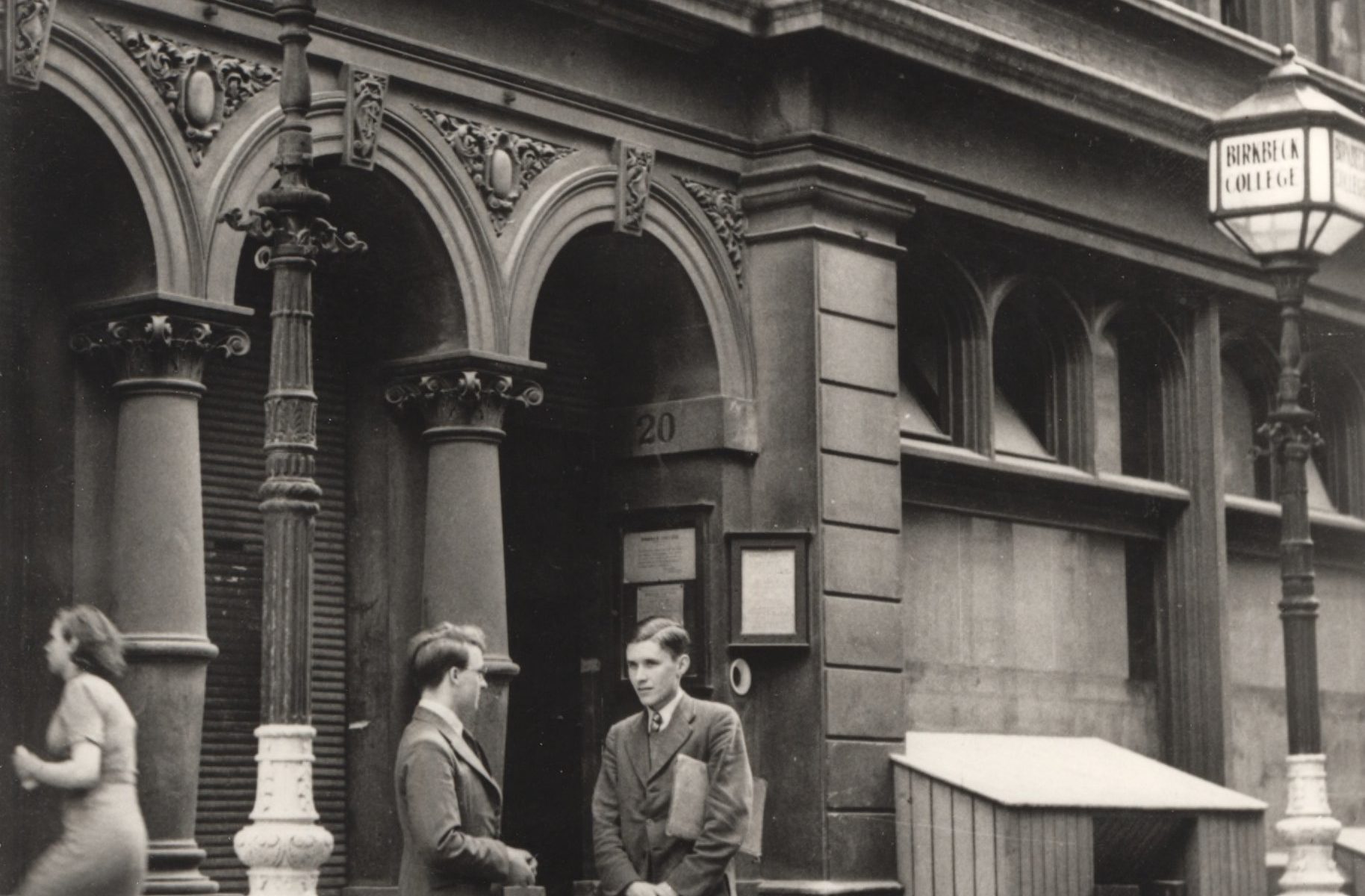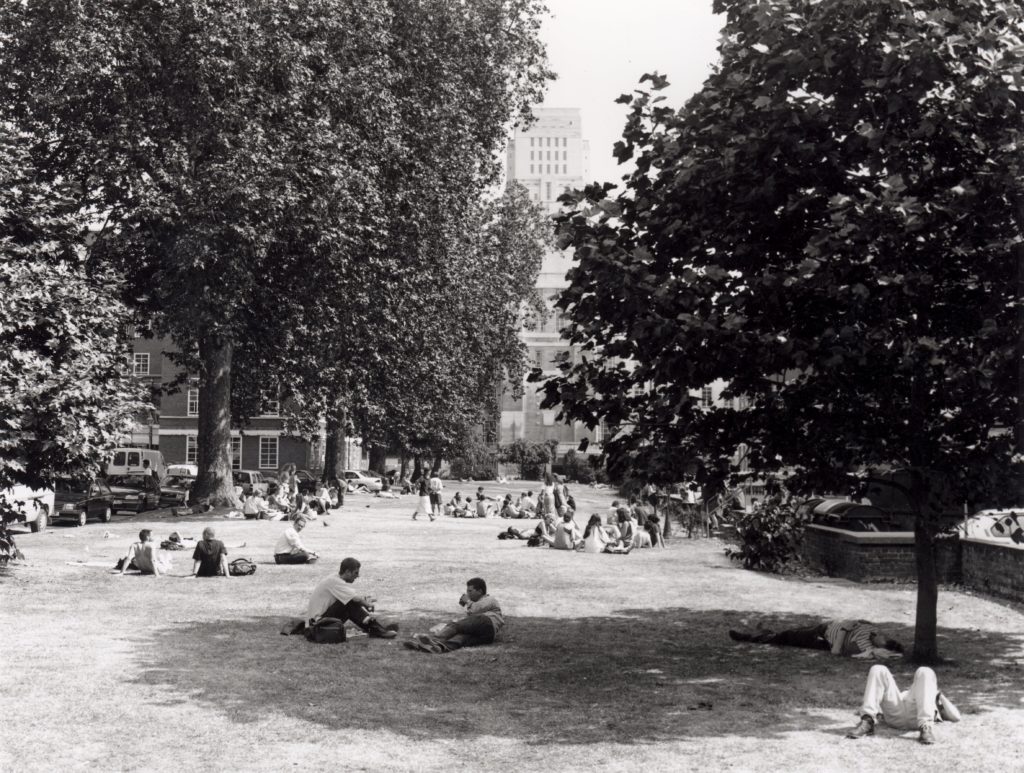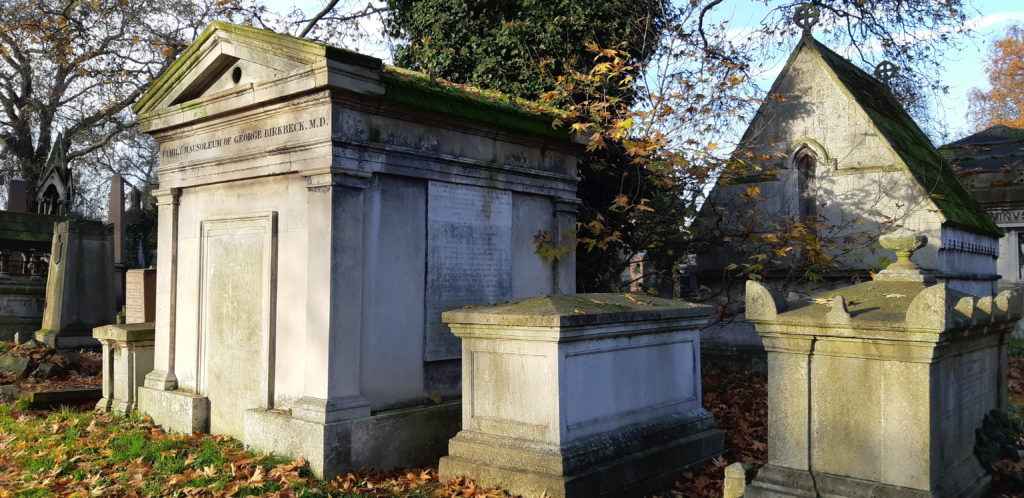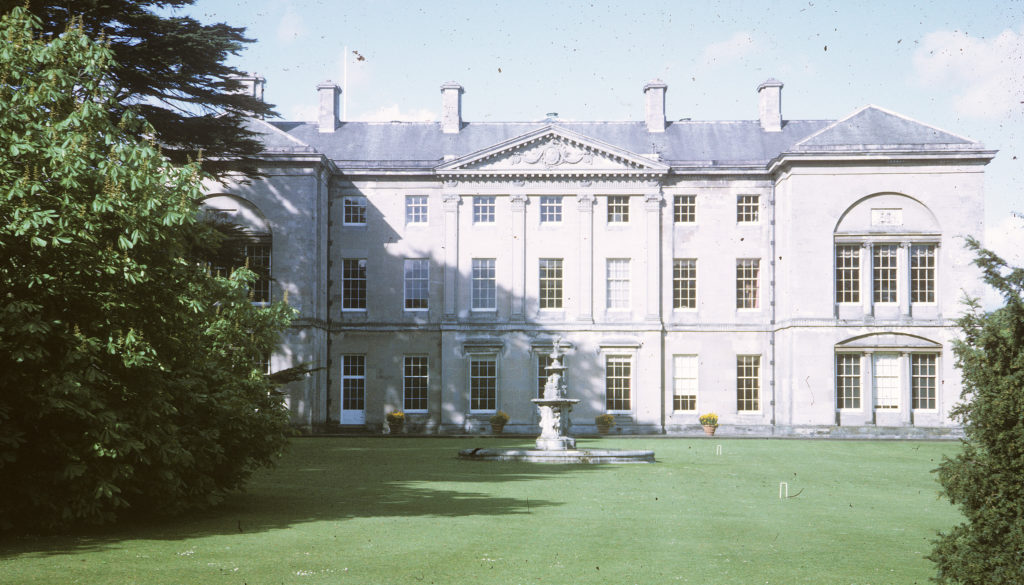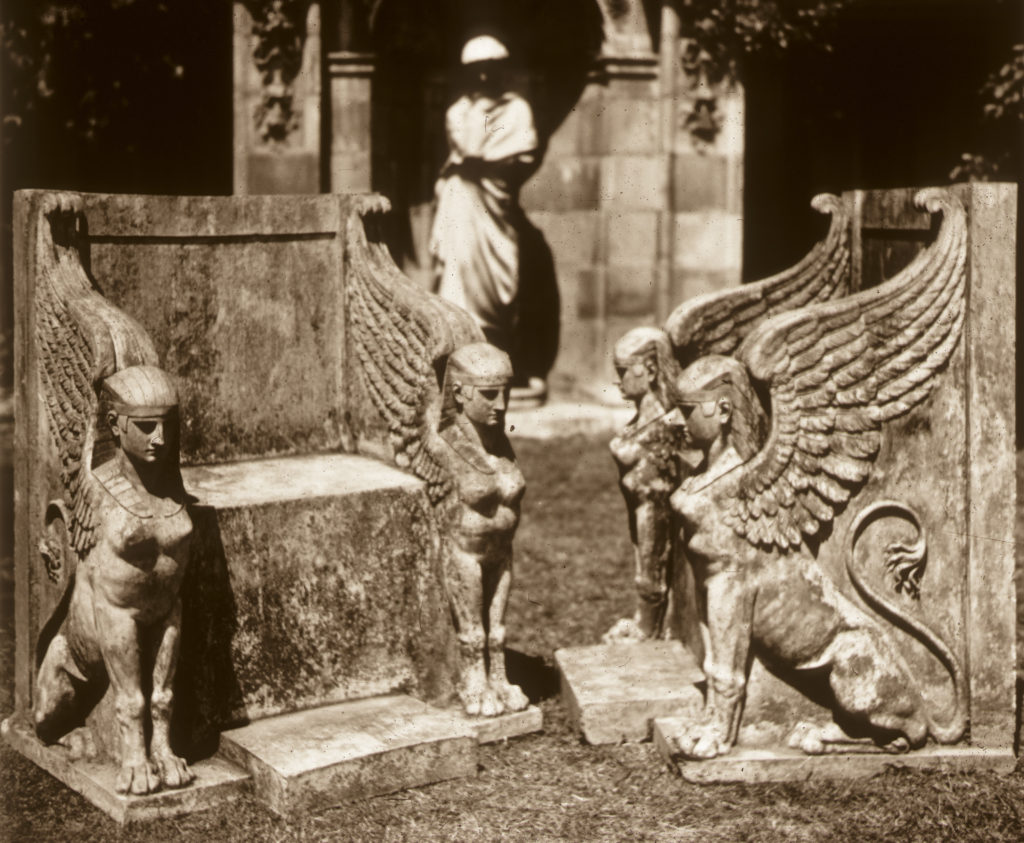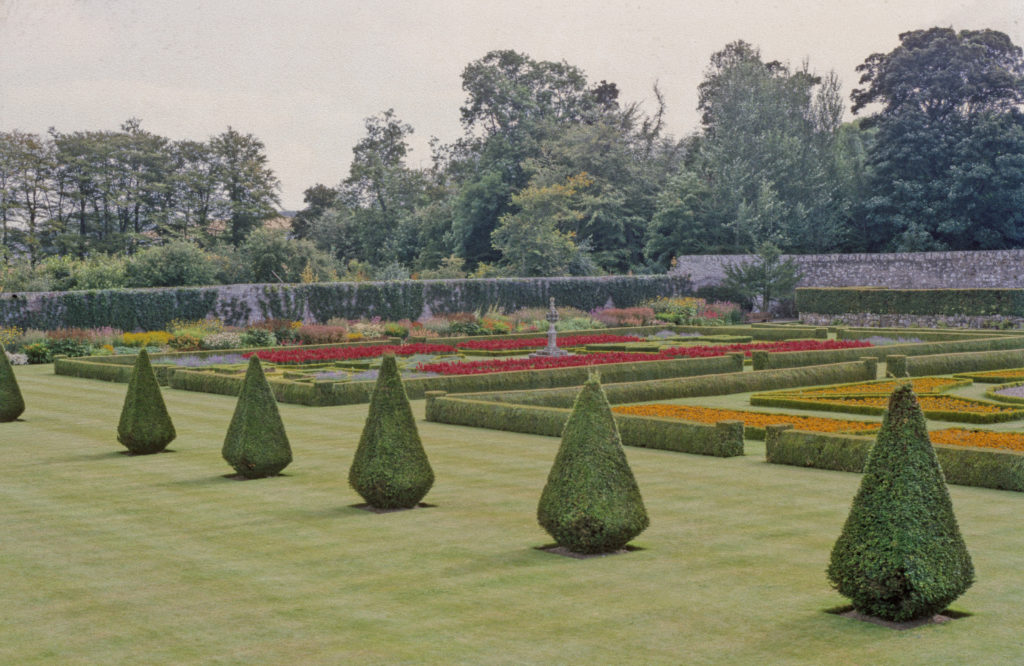1 – Treasures from the archives

The Library has been central to Birkbeck life since the first days of the College. Throughout 2023 we will be holding a changing exhibition to commemorate the history of the College. We will be using original material from the College Archive and our image collections, both of which were also used by Professor Joanna Bourke for the research she did when writing her new book Birkbeck: 200 years of radical learning for working people.

In 2022, as part of a partial refurbishment, the Library acquired a dedicated archives room in the new silent study area on the second floor. The room provides a new home for the core of the Birkbeck College Archive, the David Bohm Papers, Sir Bernard Crick Archive and our collection of medieval books.
The Birkbeck College Archive comprises the surviving institutional records of Birkbeck, University of London, dating from its foundation as the London Mechanics’ Institution in 1823 to c. 2015. Much of the material derives from the central running of the university, being minutes of its governing bodies and their committees, financial records of its administration, prospectuses, calendars and annual reports. There are also programmes of events and texts of addresses and lectures given at the College, a full series of press cuttings and some photographs.
Part of the archive was digitised through a Google Arts & Culture project in 2018.
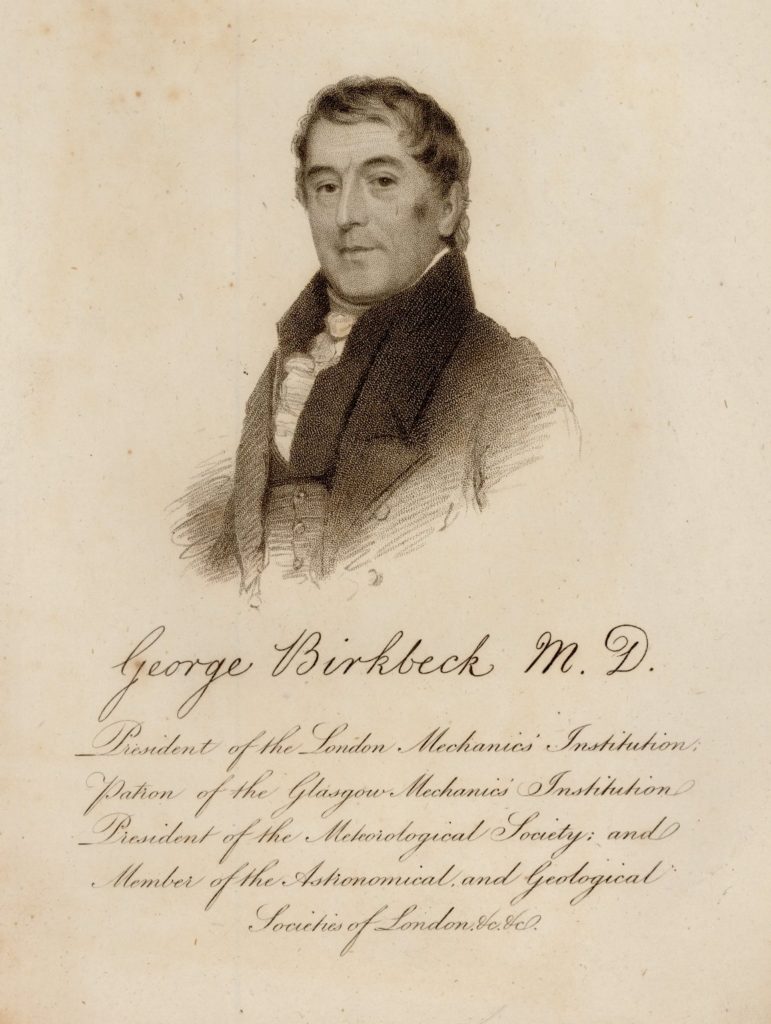
We have chosen four themes to illustrate the fascinating 200-year history of the College.
Exhibition schedule
March 2023 – mid-May 2023: The founding of Birkbeck
Mid-May 2023 – August 2023: Student life
August 2023 – mid-October 2023: Birkbeck during the wars
Mid-October 2023 – December 2023: The life of Birkbeck Library
An exhibition guide will be available in the Library. We will update Bookish with stories relating to the themes of the displays throughout 2023.


